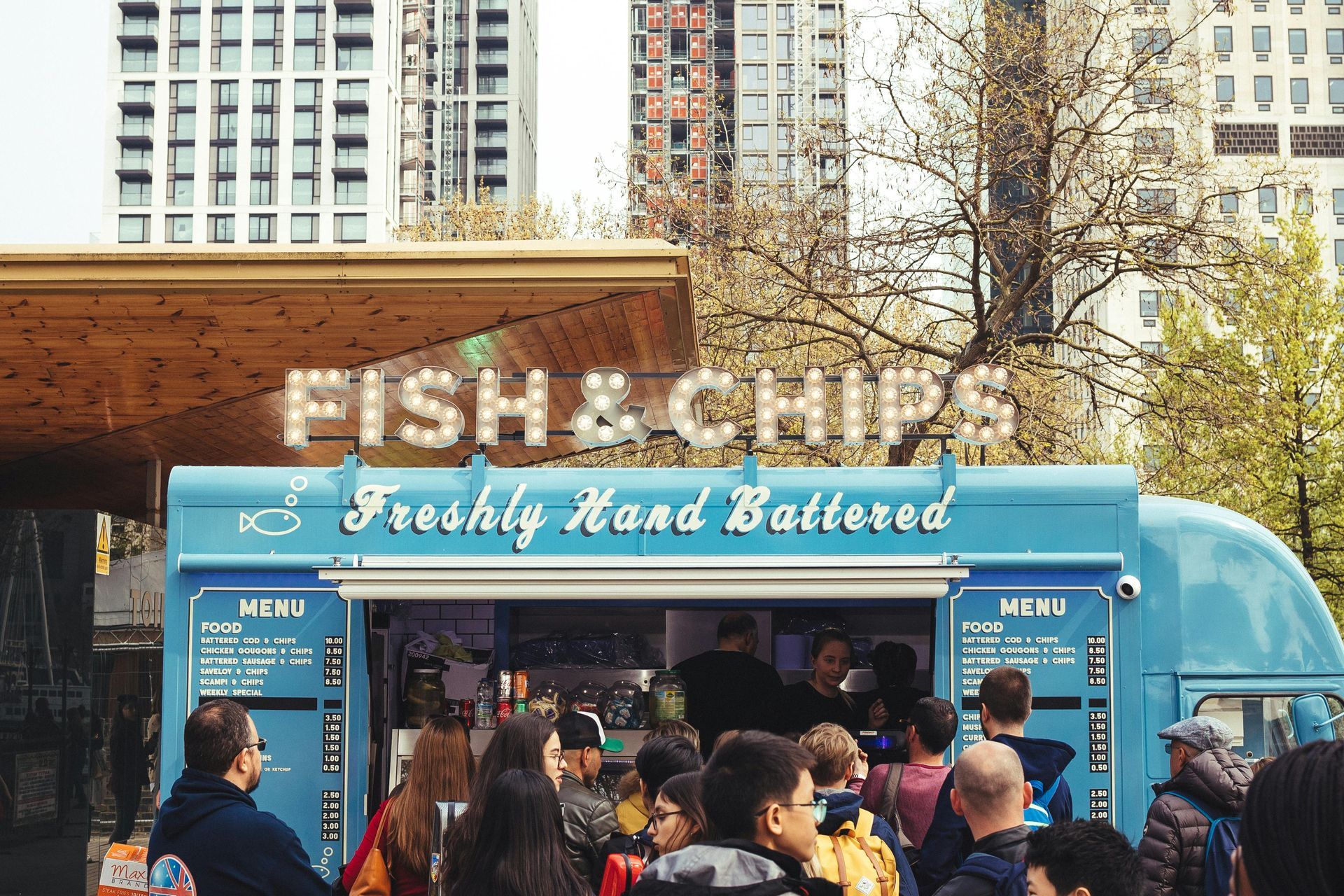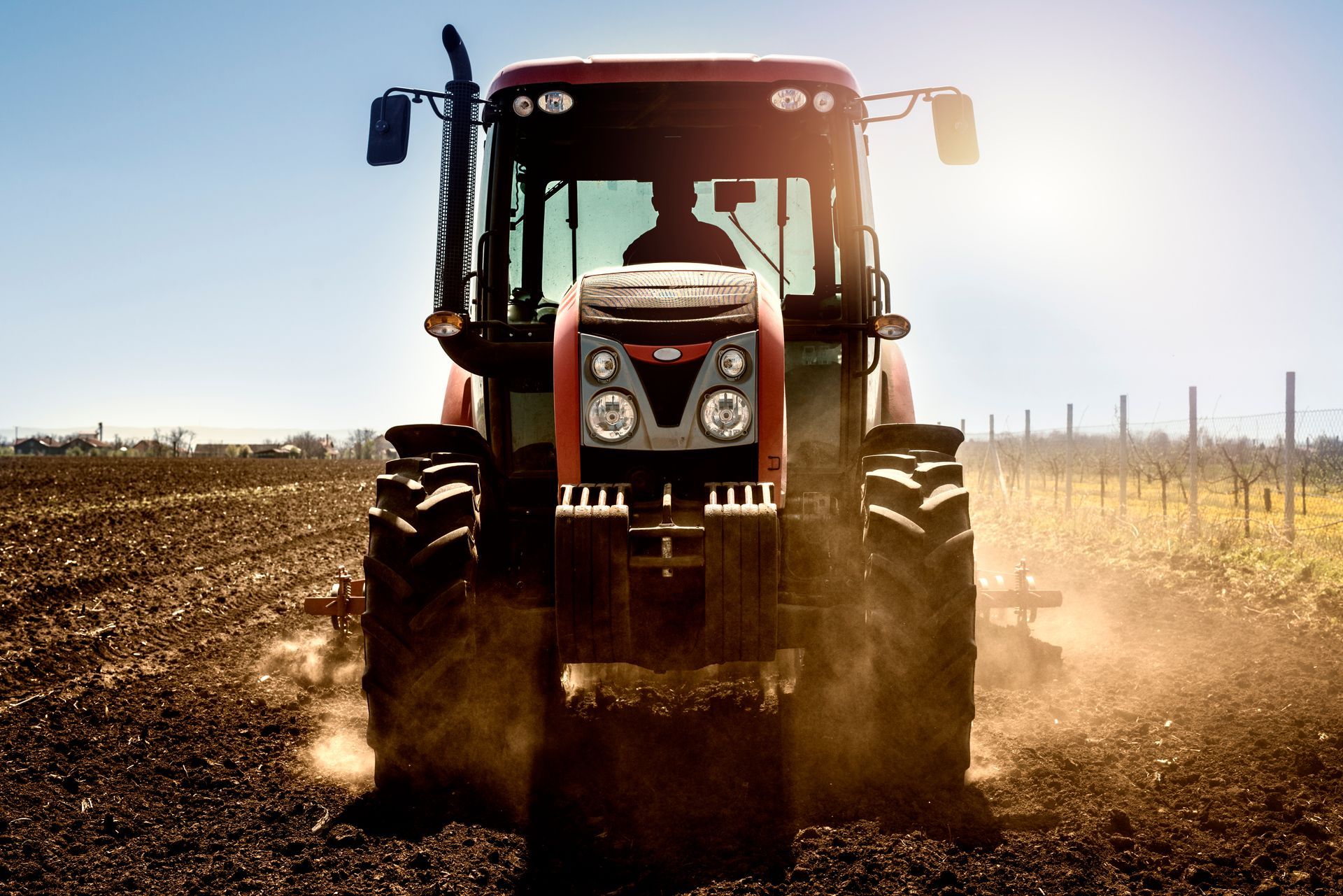How to Finance Your Food Truck and Build It into a Profitable Business
How to Finance Your Food Truck and Build It into a Profitable Business
Starting a food truck business is an exciting venture, offering the chance to share your culinary creations with the public while enjoying the flexibility and creativity that comes with running your own business.
But success with food trucks doesn’t just happen. You need to understand how to manage a healthy business and this starts with financing the truck itself, with a mind to quickly get to a cash positive position.
Understanding the Costs Involved
Before you can secure financing, it’s crucial to understand the costs associated with starting and running a food truck. Initial expenses may include:
- Truck or Truck Purchase: Depending on your choice, a truck can range from a few thousand dollars for a basic model to tens of thousands for a fully equipped food truck.
- Licenses and Permits: You may be required to obtain various licenses and permits, which can vary by location and state but often include health department certifications, business licenses, and parking permits.
- Equipment and Supplies: You’ll need cooking equipment, storage containers, serving utensils, and cleaning supplies, among other items.
- Inventory: Starting inventory, including food and beverages, will require upfront investment. Consider perishable vs. non-perishable items and their costs.
- Branding and Marketing: Don’t overlook the importance of branding. You’ll need signage, a logo, business cards, and an online presence to attract customers. No one’s going to buy food out of an unmarked white van!
- Operating Costs: These include fuel, maintenance, insurance, and labour costs, which can add up quickly.
Understanding these expenses will help you determine the amount of financing you need to get started.
2. Exploring Financing Options
There are several ways to finance your food truck business. The right choice depends on your financial situation, business plan, and long-term goals. Here are some common financing options:
- Personal Savings: Many entrepreneurs start with personal savings. While this option avoids debt, it’s essential to ensure you have enough saved to cover both startup costs and a financial cushion for unexpected expenses.
- Small Business Loans: Traditional lenders, such as banks and credit unions, offer small business loans specifically designed for startups. The problem is that these loans often require a solid business plan and collateral, which you might not have if you’re just starting out.
- Business Growth Finance: Specialised lenders like Business Growth Finance provide tailored solutions for small businesses around truck finance, including flexible loan options that cater to the specific needs of food truck operators. Unlike the other financing options, our services can offer quick access to funds with competitive interest rates, making it easier to manage cash flow during the early stages of your business.
- Crowdfunding: Platforms like Kickstarter or GoFundMe allow you to raise funds by engaging with your community. This option can also help generate buzz for your food truck before you even open. Of course, there are no guarantees that you’d going to be able to raise money this way, which could be a lot of work for nothing.
- Investor Funding: If you have a unique concept and strong business plan, you may attract investors willing to provide capital in exchange for a stake in your business. However, this option requires sharing control of your business, and it’s a rare thing for a small business like a food truck to attract traditional investors.
3. Creating a Solid Business Plan
A well-thought-out business plan is essential not only for securing financing but also for guiding your business towards profitability. Your business plan should include:
- Executive Summary: A brief overview of your business concept, target market, and financial goals.
- Market Analysis: Research your target market, including customer demographics, local competition, and market trends.
- Menu and Pricing Strategy: Develop a menu that caters to your target audience and determine pricing that covers costs while remaining competitive. The best guidance here is to focus on a couple of items, and do them really well – most food trucks frequent the same areas and events, and having a reputation for quality is the most compelling way to build word-of-mouth interest.
- Marketing Plan: Outline your strategies for attracting and retaining customers, including social media, promotions, and events.
- Financial Projections: Provide detailed projections for revenue, expenses, and profit margins over the first few years of operation.
A strong business plan will not only help you secure financing but also serve as a roadmap for your business’s growth.
4. Managing Cash Flow
Effective cash flow management is crucial for the success of your food truck business. Here are some tips to ensure you maintain a healthy cash flow:
- Monitor Expenses: Keep a close eye on your expenses, particularly during the early stages of your business. Look for areas where you can cut costs without compromising quality.
- Adjust Pricing: Regularly review your pricing strategy to ensure it covers rising costs, such as ingredients or labour, while remaining attractive to customers.
- Seasonal Planning: Food truck sales can be seasonal, with higher sales during warmer months or at specific events. Plan your cash flow accordingly to sustain your business during slower periods. The most effective approach here is to have a distinct summer and winter menu, which will then be cost-effective as you can use seasonal produce.
- Build an Emergency Fund: Set aside a portion of your profits to create an emergency fund for unexpected expenses, such as equipment repairs or sudden drops in sales.
5. Scaling and Growing Your Business
Once your food truck is up and running, the next step is to focus on growth. Here’s how you can scale your business:
- Expand Your Menu: Introduce new items or seasonal specials to attract repeat customers and keep your offerings fresh.
- Increase Your Presence: Consider operating in multiple locations or participating in events and festivals to reach a broader audience.
- Invest in Marketing: Use social media, loyalty programs, and collaborations with local businesses to increase your visibility and customer base.
- Consider Franchising: If your food truck concept is successful, franchising can be a lucrative way to expand your brand without taking on the full financial burden of multiple locations.
Starting and growing a food truck business requires careful planning, smart financial decisions, and a commitment to delivering quality food and service. With the right strategies in place, particularly around the financing that you need to get started, your food truck can grow from a small startup into a profitable and sustainable venture, and you will be able to enjoy the full extent of the entrepreneurial lifestyle.
Let’s talk!

All Rights Reserved | Business Growth Finance Pty Ltd




